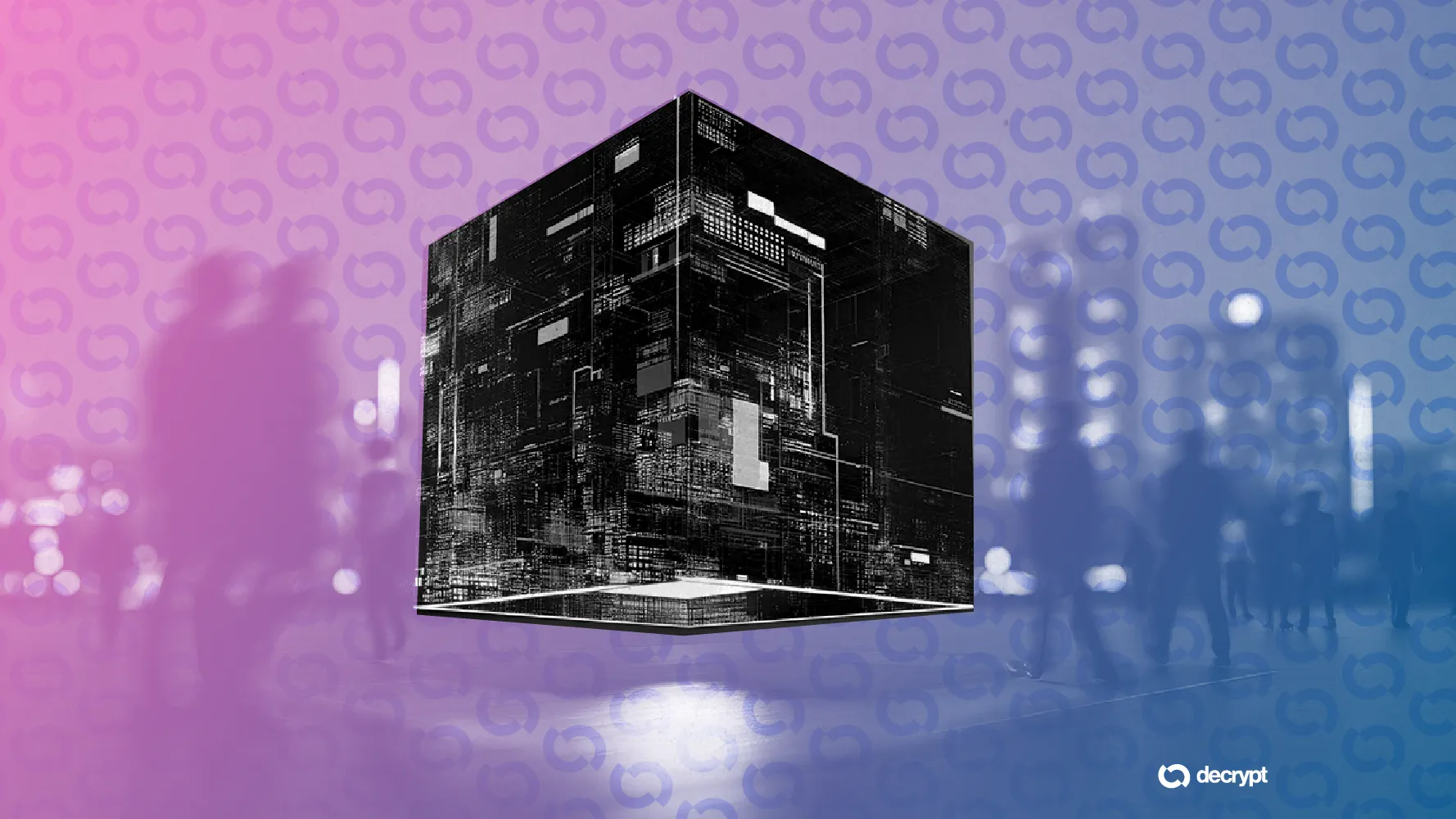In brief
- Caltech trapped 6,100 cesium atoms as qubits, the largest neutral-atom quantum system to date.
- Qubits stayed coherent for 13 seconds with 99.98% operational accuracy, defying scaling trade-offs.
- The team moved atoms across the array while keeping them in superposition.
Caltech physicists have created the largest neutral-atom quantum computer to date, trapping 6,100 cesium atoms as qubits in a single array. The result, published in Nature on Thursday, represents a significant increase over previous arrays, which contained only hundreds of qubits.
Researchers scaled their system from the hundreds of qubits typical in past experiments to more than 6,000, while maintaining stability and precision at levels needed for practical machines.
The team said it achieved coherence times of about 13 seconds—nearly 10 times longer than past experiments—while performing single-qubit operations with 99.98% accuracy.
A qubit, or quantum bit, is the fundamental unit of information in a quantum computer. Unlike a classical bit—which can be either a 0 or 1—a qubit can exist in a superposition of both states at once, allowing it to perform many calculations in parallel. The challenge is keeping that delicate state stable long enough to run computations.
That stability is called “coherence,” and it’s constantly threatened by noise, heat, or stray electromagnetic fields. The longer a qubit remains coherent, the more complex and reliable the operations a quantum processor can perform before errors creep in.
“This is an exciting moment for neutral-atom quantum computing,” Caltech professor of physics and principal investigator on the project, Manuel Endres, said in a statement. “We can now see a pathway to large error-corrected quantum computers. The building blocks are in place.”
However, according to Caltech graduate student Elie Bataille, who worked on the project, the amount of time is only one factor in the quantum process.
“What you need is a very long coherence time compared to the duration of your operations,” Bataille told Decrypt. “If your operations are one microsecond and you have a second of coherence time, that means you can do about a million operations.”
Scaling without sacrificing fidelity
The researchers used “optical tweezers,” which are highly focused beams of light, to grab and position individual atoms. By splitting a single laser into 12,000 of these tiny light traps, they were able to hold 6,100 atoms steady inside a vacuum chamber.
“If you use a laser at the right wavelength, you can make the light attractive for the atom, creating a trap,” Bataille said. “If you confine your beam of light to a very small dot, about a micrometer, you can attract and trap many atoms.”
The team showed they could move atoms around within the array without breaking their fragile quantum state, known as superposition. That ability to shift qubits while keeping them stable could make it easier to correct errors in future quantum computers.
Neutral-atom quantum systems are gaining attention as viable competitors to superconducting circuits and trapped-ion platforms. One of their unique advantages is physical reconfigurability: atoms can be rearranged during a computation using mobile optical traps, which gives dynamic connectivity that rigid hardware topologies struggle to match. So far, most neutral‐atom arrays have contained only hundreds of qubits, making Caltech’s 6,100-qubit milestone a major step forward.
A global race
The result arrives as companies and labs worldwide scale up quantum machines. IBM has pledged a 100,000-qubit superconducting computer by 2033, while firms like IonQ and QuEra are developing ion-trap and neutral-atom approaches. Colorado-based Quantinuum aims to deliver a fully fault-tolerant quantum computer by 2029.
The next milestone is demonstrating error correction at scale, which will require encoding logical qubits from thousands of physical ones. That is critical if quantum computers are to solve practical problems in chemistry, materials, and beyond.
"A traditional computer makes one error every 10 to the power of 17 operations (about 100 quadrillion),” Bataille said. “A quantum computer is nowhere near that accurate, and we don’t expect to reach that level with hardware only.”
The Caltech team plans to link qubits through entanglement, a necessary step for running full-scale quantum computations.
While Caltech’s 6,100-qubit array does not yet deliver a practical quantum computer, by combining scale, accuracy, and coherence in one system, it sets a new benchmark and strengthens the case for neutral atoms as a leading platform in quantum computing.

